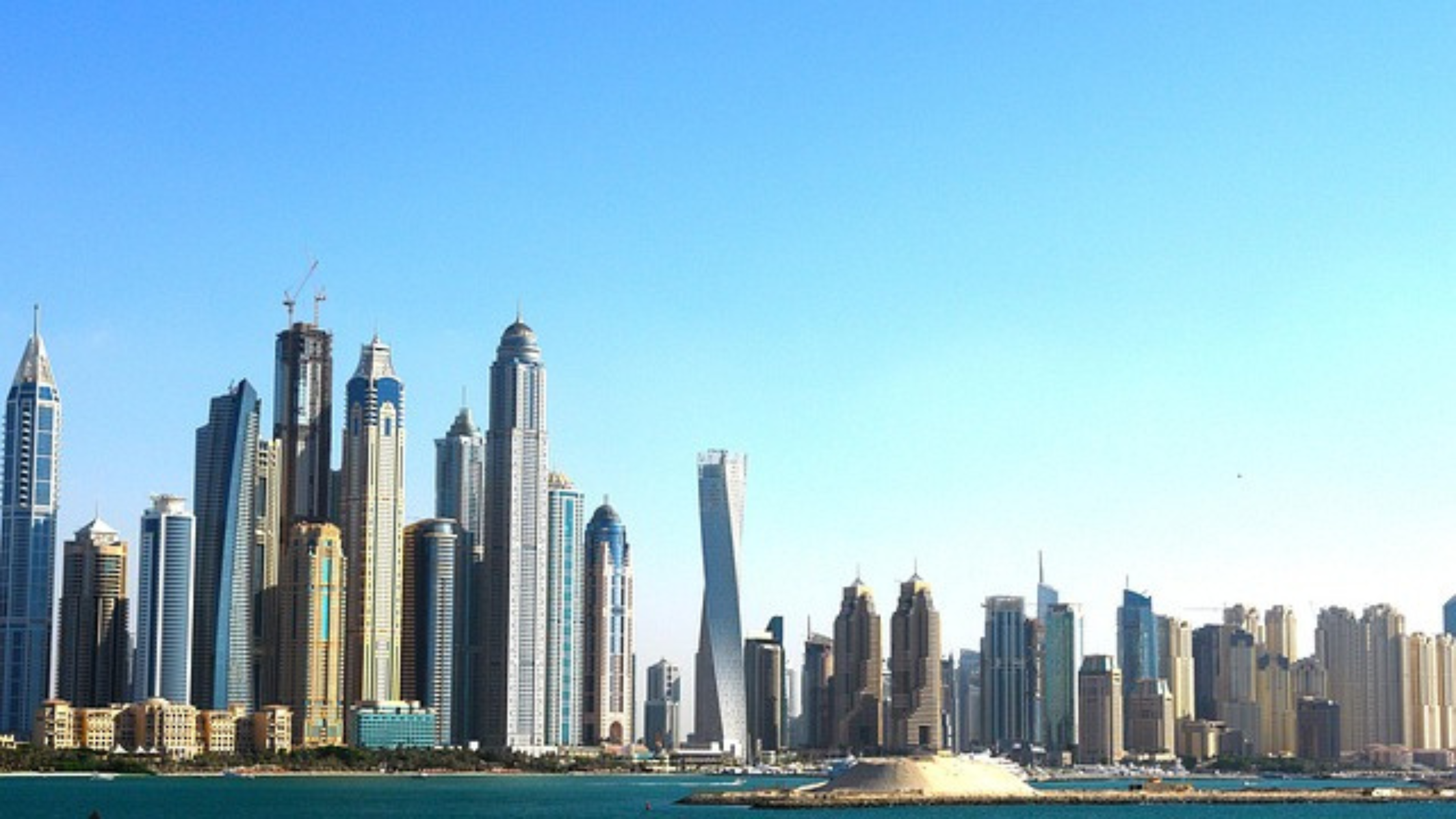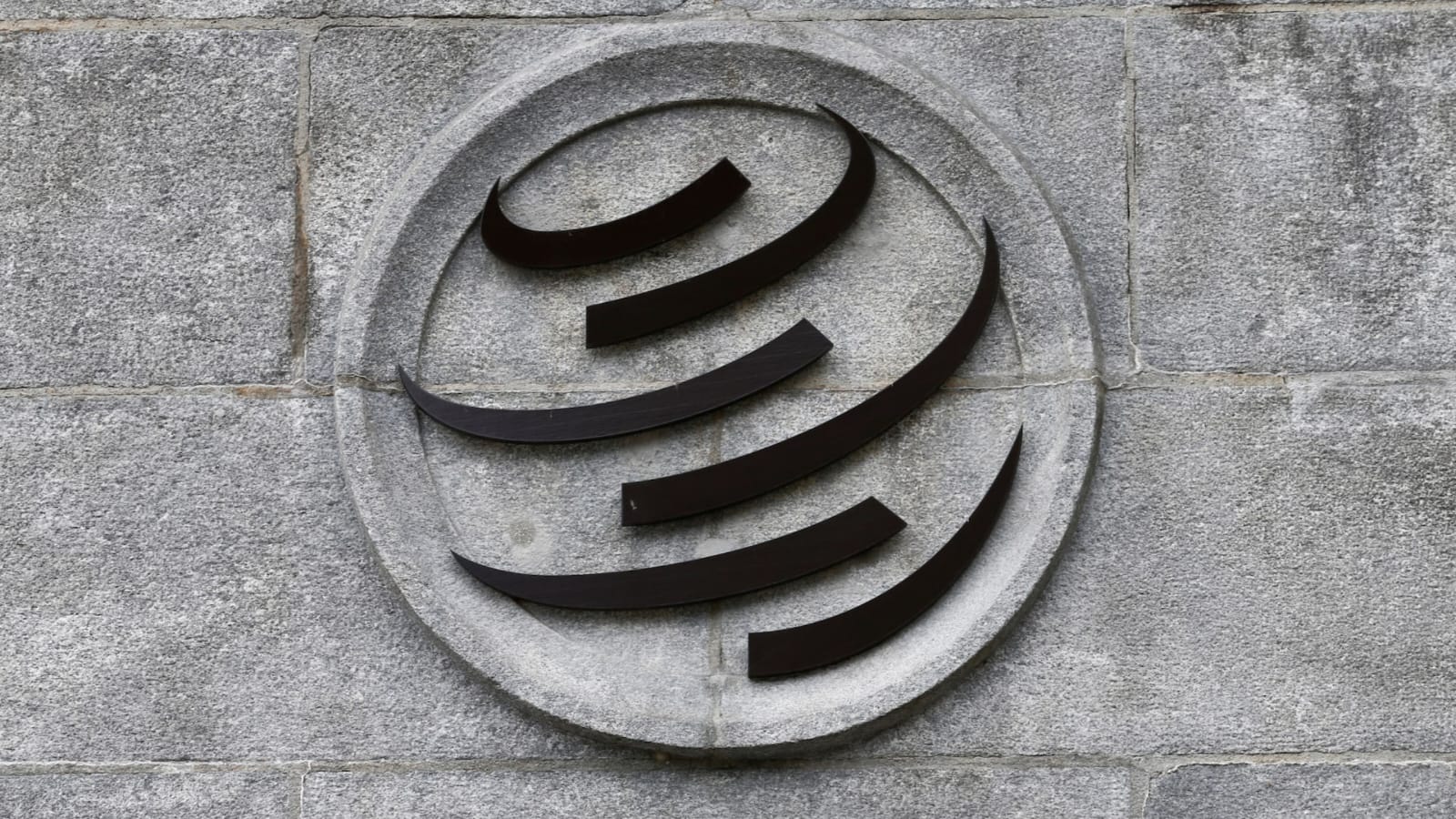In recent years, the Middle East has experienced a remarkable surge in mergers and acquisitions (M&A), signaling a strategic shift towards economic diversification and global integration. Led predominantly by sovereign wealth funds and government-related entities in nations like Saudi Arabia and the UAE, the region’s M&A activity reached $29 billion in 2024, marking a 52% increase from the previous year. This trend underscores the Middle East’s commitment to reducing oil dependency and fostering growth in sectors such as energy, technology, and advanced manufacturing. The region’s proactive approach to M&A is not only reshaping its economic landscape but also enhancing its geopolitical influence on the global stage.
The Middle East is undergoing a transformative economic evolution, characterized by a significant uptick in mergers and acquisitions (M&A). This strategic maneuvering is emblematic of the region’s ambition to diversify economies, reduce oil dependency, and assert a more prominent role in global markets.
M&A Activity: A Quantitative Leap
In 2024, the Middle East’s M&A landscape flourished, with total deal values soaring to $29 billion—a substantial 52% increase from the previous year. This surge is largely attributed to the assertive strategies of sovereign wealth funds and government-related entities, particularly in Saudi Arabia and the UAE. Their investments have not only bolstered domestic markets but have also extended their influence into international arenas.
Sectoral Dynamics: Beyond Oil and Gas
While energy and natural resources continue to dominate, accounting for nearly 80% of M&A value, there’s a discernible shift towards sectors like technology and advanced manufacturing. Notably, technology-related M&A deals have doubled in value, reflecting a commitment to innovation and sustainability. This diversification aligns with national visions, such as Saudi Arabia’s Vision 2030, aiming to create a more resilient economic framework.
Geopolitical Implications: The Middle East on the Global Stage
The region’s M&A strategies are not confined to economic realms; they are intricately linked to geopolitical aspirations. Saudi Arabia’s proactive role in mediating peace talks between Russia and Ukraine exemplifies its burgeoning diplomatic influence. By hosting these negotiations, Saudi Arabia positions itself as a pivotal player in global diplomacy, reflecting Crown Prince Mohammed bin Salman’s vision to elevate the kingdom’s international stature.
Economic Indicators: A Positive Trajectory
The International Monetary Fund projects a 4% growth rebound for the Middle East and North Africa (MENA) region in the coming year, contingent upon the phasing out of oil production cuts and the easing of geopolitical tensions. This optimistic outlook is bolstered by strategic M&A activities that enhance economic diversification and resilience.
Case Study: Saudi Aramco’s Strategic Acquisition
A landmark transaction in this M&A surge is Saudi Aramco’s $8.9 billion acquisition of Rabigh Refining and Petrochemical Co. This move underscores the kingdom’s intent to consolidate its energy sector while simultaneously exploring avenues for diversification. Such strategic acquisitions are pivotal in strengthening the region’s economic foundation and global competitiveness.
Global Comparisons: The Middle East’s Ascendancy
The Middle East’s M&A growth is particularly noteworthy when juxtaposed with global trends. While North America and Europe saw modest increases of 2% and 9% respectively, the Middle East’s 52% surge underscores its emergence as a dynamic investment hub. This growth trajectory is attracting global investors seeking robust opportunities in a transforming economic landscape.
Future Outlook: Sustaining the Momentum
The momentum in the Middle East’s M&A activity is expected to persist, driven by ongoing economic reforms, investor-friendly policies, and a strategic focus on sectors poised for growth. As the region continues to diversify, its role in the global economy is set to expand, offering valuable lessons in adaptability and strategic foresight.
The Middle East’s bold and strategic M&A initiatives are not merely transactions; they are catalysts propelling the region towards a diversified, resilient, and influential economic future.









1 Comment
[…] countries are expected to start hosting production sites. Investors, including those in the Middle East, are watching closely to assess their entry points into what may become Europe’s fastest-growing […]
Comments are closed.